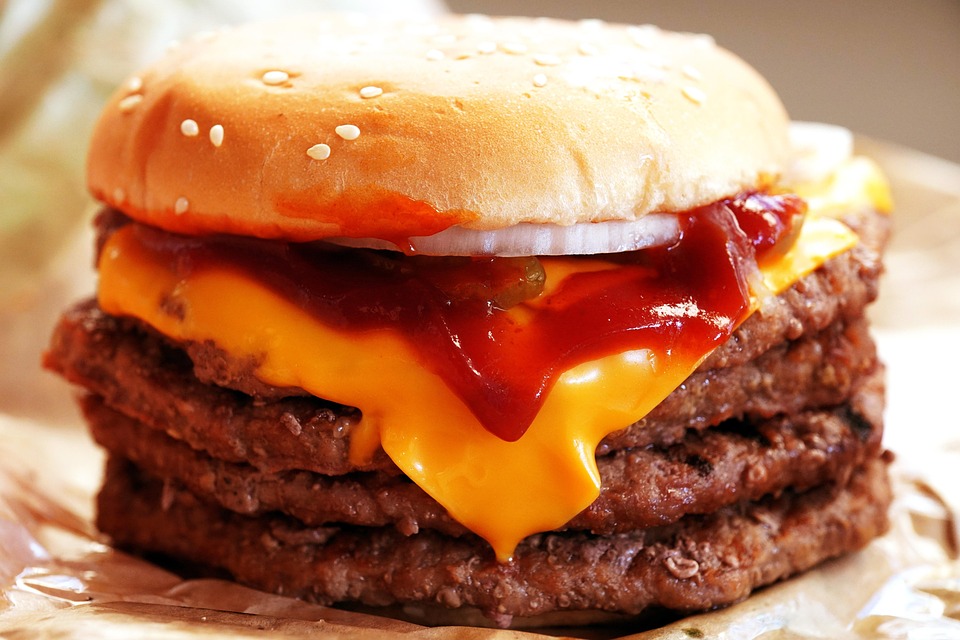In our fast-paced world, takeout meals have become a staple for people looking to enjoy delicious food from the comfort of their homes. While it’s convenient and often a treat, it’s essential to remember that food safety should never be overlooked. Here’s a guide to enjoying your takeout responsibly, ensuring that your meal is not only tasty but also safe.
Understanding Food Safety Basics
Food safety refers to the handling, preparation, and storage of food in a way that prevents foodborne illnesses. According to the Centers for Disease Control and Prevention (CDC), each year, millions of people become sick from eating contaminated food. Luckily, many illnesses can be prevented with proper food handling practices.
1. Choose Reputable Restaurants
Before placing an order, research the restaurant’s food safety practices. Here’s what to look for:
- Health Inspections: Check if the restaurant has passed its health inspections. This information is often available online.
- Online Reviews: Read customer feedback focusing on food quality, safety, and cleanliness.
- Certification: See if the restaurant participates in food safety training programs.
2. Ordering Wisely
When choosing what to order, consider the following:
- Temperature: Hot foods should be served at 140°F or higher, while cold foods need to be at 40°F or lower. Opt for meals that are freshly prepared to minimize risks.
- Special Needs: If you have dietary restrictions or allergies, communicate these clearly when ordering.
- Avoid Buffets: Self-service and buffet-style offerings can increase the risk of contamination, as they are often exposed to room temperature for longer periods.
3. Safe Transport
Once your food is ready, it’s crucial to transport it safely:
- Timing: Try to go directly home after picking up your order to limit the time food spends out of a regulated temperature range.
- Insulated Bags: If your journey is longer than 30 minutes, consider using insulated bags to help maintain temperature.
- Sealing Containers: Ensure that containers are sealed properly to prevent spills and potential contamination.
4. Proper Storage
Storing takeout food correctly is vital for maintaining its safety:
- Immediate Refrigeration: If you’re not eating your meal right away, refrigerate it within two hours. This is especially critical for items like meat, dairy, and sauces.
- Use Airtight Containers: Transfer your food to airtight containers for better preservation and to prevent cross-contamination.
- Labeling: Keep track of leftovers by labeling them with the date they were prepared. Consume them within three to four days.
5. Reheating with Care
When reheating your takeout, follow these steps to ensure it’s safe to eat:
- Heat Thoroughly: Use a food thermometer to check that reheated meals reach an internal temperature of at least 165°F.
- Avoid Reheating Multiple Times: Limit reheating food to just once to retain quality and safety. Each cycle increases the risk of harmful bacteria forming.
- Cover Wisely: When microwaving, cover your food to retain moisture and ensure even heating.
6. Be Mindful of Serving Sizes
Consider portion sizes and avoid leaving food out for too long. It’s better to serve only what you plan to eat immediately to reduce the risk of bacteria growth on unused portions.
Final Thoughts
Ordering takeout can be a delightful experience, and with these food safety tips, you can enjoy your favorite meals with peace of mind. By choosing reputable establishments, handling food properly, and storing it correctly, you’ll minimize the risks associated with foodborne illnesses. Remember, food safety starts with you. Enjoy your meal!



